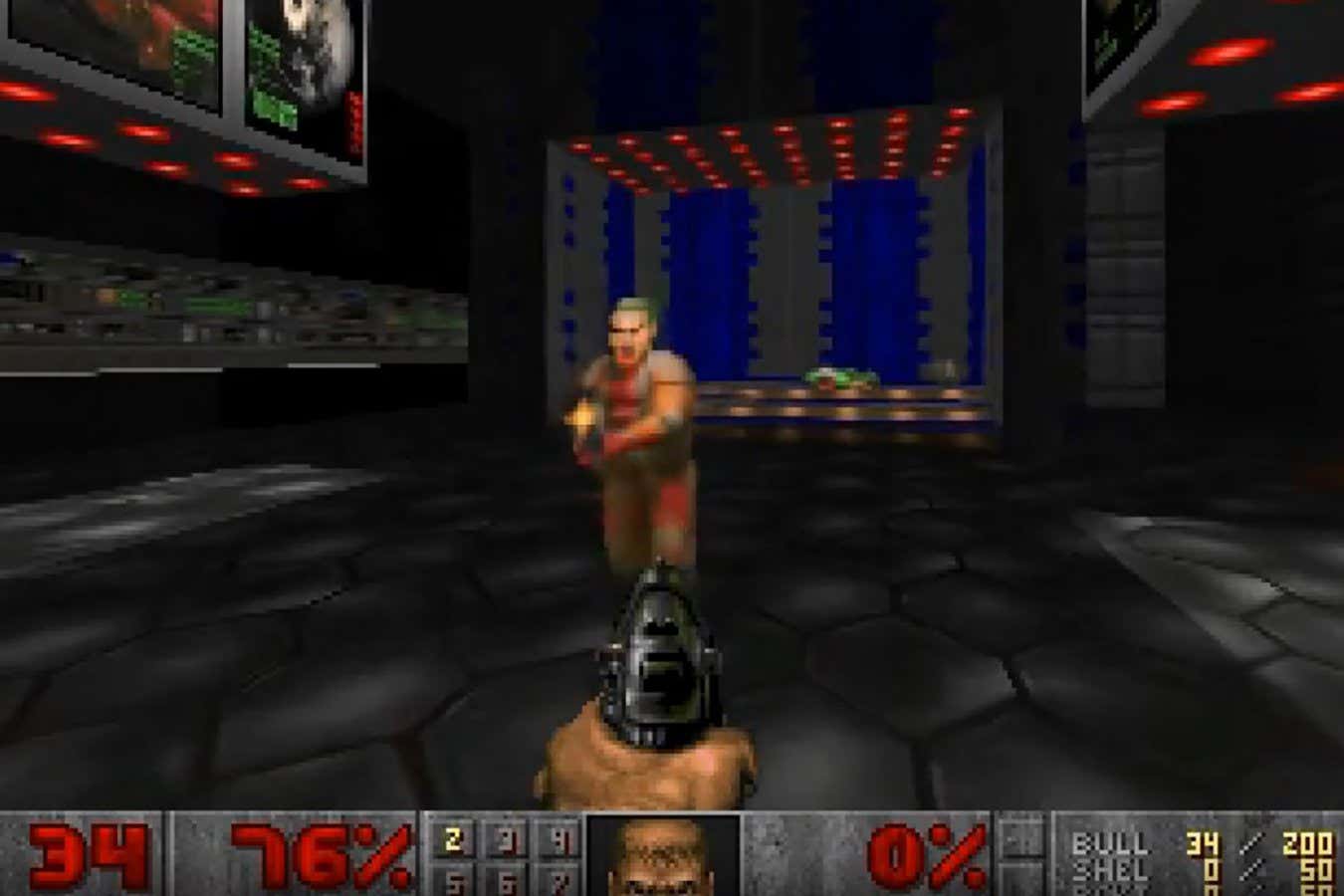The model, called GameNGen, was made by Dani Valevski at Google Research and his colleagues, who declined to speak to New Scientist. According to their paper on the research, the AI can be played for up to 20 seconds while retaining all the features of the original, such as scores, ammunition levels and map layouts. Players can attack enemies, open doors and interact with the environment as usual.
After this period, the model begins to run out of memory and the illusion falls apart.



Regardless of the technology, isn’t this essentially creating a facsimile of a game that already exists? So the tech isn’t really about creating a new game, it’s about replicating something that already exists in a fairly inefficient manner. That doesn’t really help you to create something new, like I’m not going to be able to come up with an idea for a new game, throw it at this AI, and get something playable out of it.
That and the fact it “can be played for up to 20 seconds” before “the model begins to run out of memory” seems like, I don’t know, a fairly major roadblock?
Unless you can monetize those 20 seconds like crazy
This sounds like the basis for a new Warioware game.